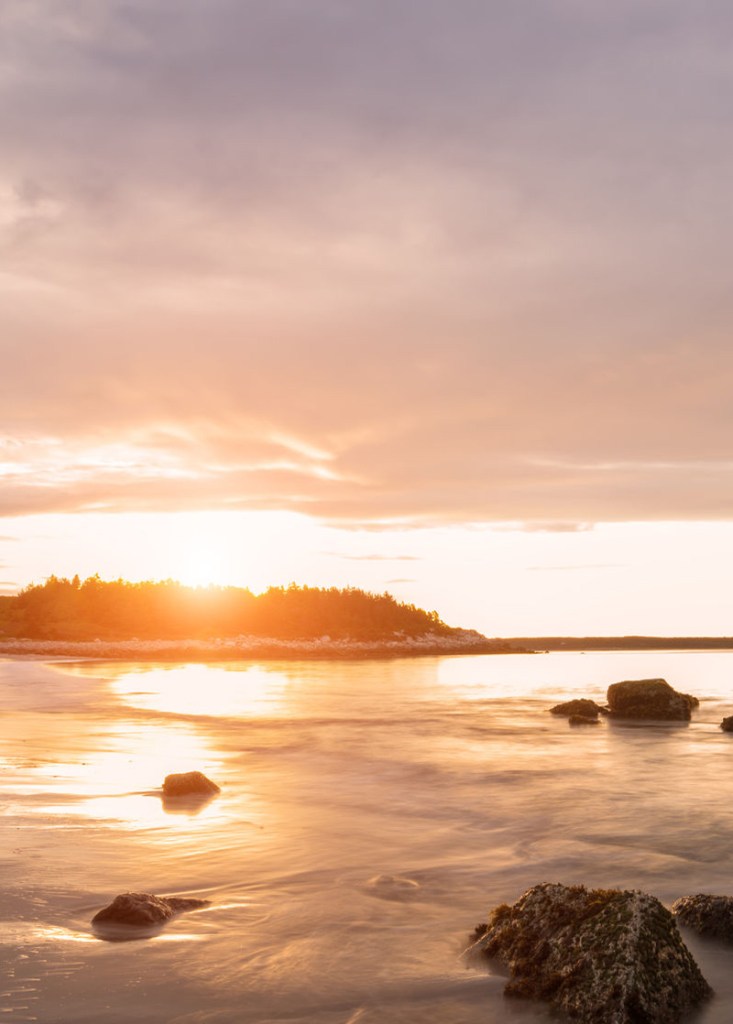Which Province to Visit in Atlantic Canada
Atlantic Canada is made up of four provinces, which makes dividing the region into manageable areas easy. But even among Canadians, there is sometimes confusion about the definition of “Atlantic Canada” versus “the Maritimes.” The latter comprises New Brunswick, Nova Scotia, and Prince Edward Island, while Atlantic Canada comprises the Maritime provinces together with Newfoundland and Labrador.

Nova Scotia
Nova Scotia typifies Atlantic Canada, with a dramatic, 7,459-kilometer-long coastline notched with innumerable coves and bays holding scores of picturesque fishing villages. It would be easy to spend an entire vacation exploring Nova Scotia, yet still leave feeling you hadn’t seen everything. The cosmopolitan streets of Halifax, the colorful port of Lunenburg, the historic ambience of Annapolis Royal, and the wilds of Cape Breton Island are just a taste of what you can expect in this diverse province.
New Brunswick
New Brunswick is the largest of the Maritime provinces, but is the least known to outsiders. Although the province is mostly forested, it is its coastline and fertile Saint John River valley that attract the most attention. Here you’ll find the elegant resort town of St. Andrews, the phenomenal Fundy tides, and pristine beaches such as Parlee. These attractions, along with the three main cities—Fredericton, Saint John, and Moncton—and a distinct Acadian flavor to the north coast create a destination with something for everyone.
Newsletter Signup
By clicking ‘Sign Up,’ I acknowledge that I have read and agree to Hachette Book Group’s Privacy Policy and Terms of Use
Prince Edward Island
Little PEI ranks as Canada’s smallest province, as well as its most densely populated, most cultivated, most ribboned with roads, and most bereft of original wilderness. PEI also has the country’s smallest provincial capital—Charlottetown, with a population of just 33,000. Tourism revolves around Cavendish, but the island’s low-key charm is found elsewhere, along rural roads that end at the ocean and drift through neat villages that have changed little over the last century.

Newfoundland and Labrador
Three times the size of the Maritimes put together, this province redefines the region as Atlantic Canada. It comprises the island of Newfoundland as well as Labrador on the mainland. The Maritimes share a kindred climate, history, and lineage, but Newfoundland is different. About half of the island is boreal forest, while much of the rest is rocky, barren, or boggy. The people, many of whom live in the capital, St. John’s, in some ways seem more akin to their Irish or English forebears than culturally blended or archetypically Canadian.
If You Have…
- A weekend: Spend your time along the Halifax waterfront, Citadel Hill, and Point Pleasant Park.
- One week: From Halifax, drive around the South Shore to the Fundy Coast.
- Two weeks: Add Prince Edward Island—spend two days in Charlottetown and then enjoy some beach time in Cavendish.
- Three weeks: Expand the two-week itinerary by catching a ferry to Newfoundland and traveling from St. John’s to the tip of the Northern Peninsula.





Newsletter Signup
By clicking ‘Sign Up,’ I acknowledge that I have read and agree to Hachette Book Group’s Privacy Policy and Terms of Use
Pin it for Later


